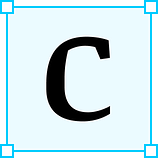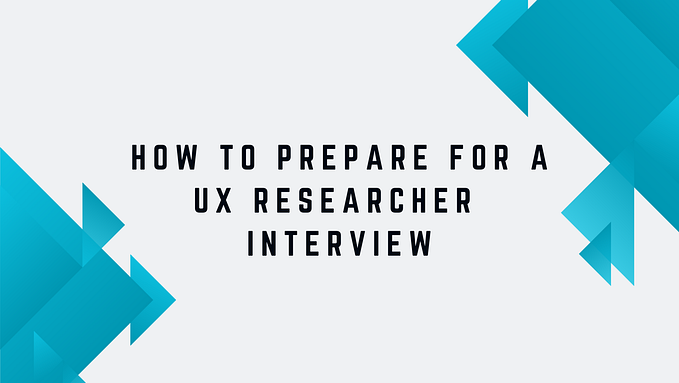Conducting interviews
As product managers, we recognize the value of design thinking for creating products and services that our customers love.
In the spirit of being customer-focused, I described the framework that I have used for user research. In this article, I’ll take it further and talk about conducting effective customer interviews.
 Customer interviewing is a technique for gathering information through direct dialogue. In my experience, I have found that most people are enthusiastic about sharing their views about using products or software. They are usually open to talking through their pain points and providing suggestions and ideas for improvements. A good interview helps you take advantage of this natural inclination.
Customer interviewing is a technique for gathering information through direct dialogue. In my experience, I have found that most people are enthusiastic about sharing their views about using products or software. They are usually open to talking through their pain points and providing suggestions and ideas for improvements. A good interview helps you take advantage of this natural inclination.
Conducting interviews takes practice. The more you engage and converse, the better you get. You need to be a good listener and astute observer to understand when to redirect the conversation, when to probe deeper and how to parse what is meant from what is being said.
You could use an interview as a method of inquiry or even use it as a part of a larger research exercise.
One-to-one interview
This is a conversational question & answer type of interview. Start by identifying a topic for investigation. Determine who you want to interview and do your background research to learn more about the company and person who you’ll be meeting. Prepare your questions in advance. The actual interview can be done in-person or via video conferencing. During the interview, explain the purpose, obtain consent for recording and set ground rules, if any. Begin in a conversational style with introductions and easy questions first to make your interviewee comfortable. Then probe deeper and get into the specifics.
Here is a template that might be useful.
Sample interview template:

Workshop-style session
This is a research workshop and an interview is one part of the session. For example, you may want to learn more about your stakeholders for which you may pair Stakeholder mapping with Interviewing to get a better lay of the land. Another instance might be a project where you may combine Interviewing with Contextual Inquiry to get a better understanding of your customers’ workflow and day-to-day activities. In either of these scenarios, you could use the interviewing technique described above.
I conducted research workshops last year with 12–15 of our customers. Our goal was to get an understanding of the problem space which would inform our future vision and product strategy. We used interviewing as one of the activities in these workshops.
Here is the template we used:

Being well prepared for an interview is the key to being successful and here are some more additional pointers:
- Be a keen listener and observer.
- Avoid leading questions.
- Stay away from putting words in your interviewee’s mouth.
- Try not to be defensive about your product or solutions.
- Resist conducting an analysis during the interview.
- Make sure you set expectations with your customer. Convey the agenda, format and other details about the interview ahead of time.
In spite of all the preparation you do, sometimes things may not go as per plan. Your customer may be in the middle of a crisis at work and they may not be having their best day. Your car might break down, your phone might stop working or you might spill coffee all over your dress (yes! that happened at a customer site-visit). In such scenarios, improvise! Do what you have to do to make things comfortable for everyone and most importantly enjoy the process.
Are you a PM and do have your own approach to conducting interviews? Leave a note here or reach out on Twitter.









